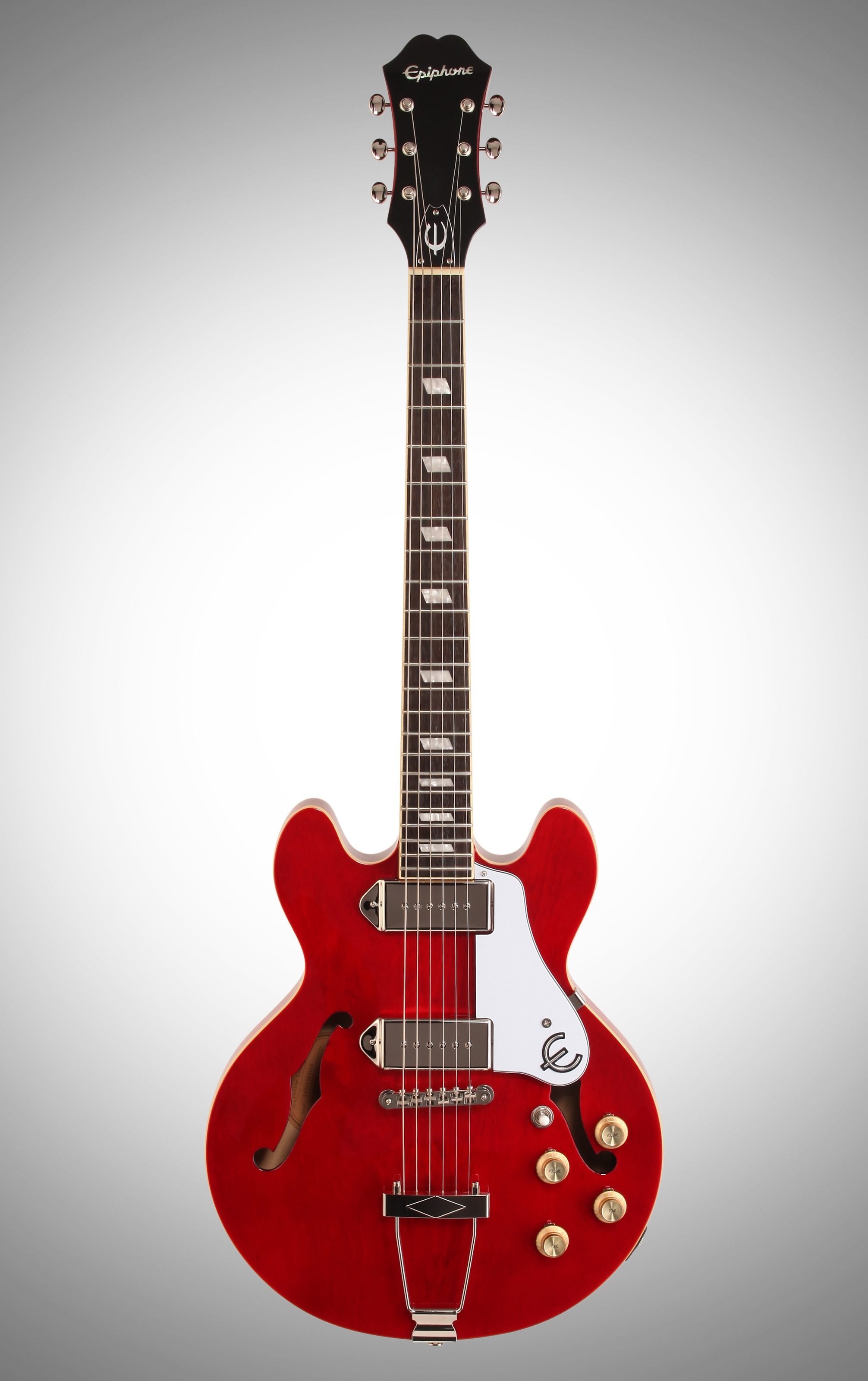Epiphone Casino Pickups Replacement
Vintage Epiphone pickup 1973. As low as $6/mo. Epiphone Electar 8 inch speaker. I've changed this things: - PICKUPS to Bare Knuckles Nantucket P90 - POTS to CTS - SWITCH - BRIDGE to Gotoh Gear used in this video: Guitars: - Epiphone Casi.
- Epiphone Casino Pickups Replacement Parts
- Epiphone Casino Pickups Replacement Options
- Epiphone Casino Pickups Replacement Heads
- Epiphone Casino Pickups Replacement Fender
Finish
{{activeFinish.Name}}Handedness
{{guitar.Model}} Videos
{{activeVideo.Name}}

P-90 Single Coil Pickup
Legendary Tone
First introduced in the early 1950s, Gibson's legendary P90 single coil pickup produced a raw powerful tone that helped define the blues and rock and roll in their formative years. Today, the P90's traditional combination of high output and brilliant tone is still considered a favorite among many top musicians. Known by such familiar nicknames as the 'Soapbar' and the 'Cobalt,' the P90 still cuts through any type of music, all while displaying amazing tonal sensitivity for everything from blues and rock to mellow jazz riffs. It's perfect as a vintage replacement, and features vintage, braided two-conductor wiring. It's also fully wax potted to eliminate any chance of unwanted microphonic feedback.
Casino Specifications
Body
Neck


Hardware
Epiphone Casino Pickups Replacement Parts
Electronics
Epiphone Casino Pickups Replacement Options
Epiphone Casino Pickups Replacement Heads

Miscellaneous

In order to continually improve the design, quality and performance of our products and instruments and to make use of the best materials at all times, Epiphone reserves the right to change specifications without notice.
Upgrading the stock Casino pickups for a more vintage sound
Creamery - Upgrading Stock Epiphone Casino Pickups
I recently ran one of my regular competitions to wind a set of handwound pickups and the winner, Mike, asked whether he could have his Epiphone Casino pickups rewound/upgraded for a more vintage tone - 'No problem', I said. The stock pickups had a very high output, 12.1k in the Bridge & 11.6k in the Neck, an unsubtle set especially for a Hollow Body guitar.
Mike wanted to tone them down with a rewind and new magnets.
Upgrading Stock Epiphone Casino Pickups - What's inside
Epiphone Casino Pickups Replacement Fender
The first task was to remove the covers and see what's inside. The Epiphone Casino has custom bobbins with a string spacing narrower than a standard P90. The option was to either make new bobbins to match the cover pole spacing or simply use the existing ones. Mike had no issue with me utilising the existing bobbins so the challenge now was to remove the existing overwound coil wire in such a way as to not nick the sides. Any cuts or scratches to the very thin top & bottom layers of the bobbins could catch on the new coil wire when winding, snapping or pulling it leaving a few thousand turns of coil useless.